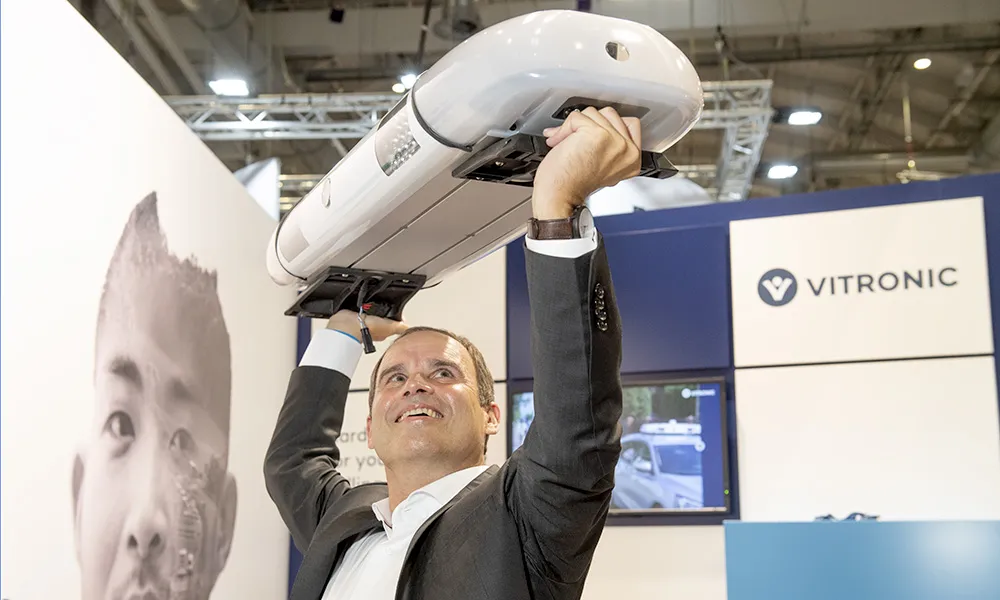UK company WheelRight has scored what it says is an industry first by achieving accreditation from the National Measurement Office (NMO) for its combined weigh-in-motion (WiM) and pressure in motion (PiM) tyre pressure and vehicle weight checks.
The globally recognised Organisation Internationale de Métrologie Légale (OIML) weigh in motion standard R134 provides users with independent verification of the product’s consistent performance.
WheelRight’s drive-over solution enables transport companies, po
February 28, 2014
Read time: 2 mins
RSSUK company 8005 WheelRight has scored what it says is an industry first by achieving accreditation from the National Measurement Office (NMO) for its combined weigh-in-motion (WiM) and pressure in motion (PiM) tyre pressure and vehicle weight checks.
The globally recognised7204 Organisation Internationale de Métrologie Légale (OIML) weigh in motion standard R134 provides users with independent verification of the product’s consistent performance.
WheelRight’s drive-over solution enables transport companies, port authorities and highway management companies to check axle weights and tyre pressures within seconds, with no need for on-vehicle devices or time consuming manual intervention.
The WheelRight solution comprises a sensory pad that is embedded into the road, at a point where vehicles enter or leave a facility. There is no need to have sensors on the vehicle and as a vehicle drives over it, ‘in-motion’ measurements of weight and axle load, as well as vehicle tyre pressures and temperatures, are acquired and analysed. Within seconds, readings are emailed to the depot and optionally, delivered to the driver’s mobile phone.
John Catling, chief executive of WheelRight, commented: “We are delighted to have received this accreditation and we now have the only accredited WiM device that also offers tyre pressure-in-motion (PiM). This certification will enable any organisation concerned with monitoring tyre pressures and weigh-in-motion, to remotely monitor vehicles with a single, accredited and proven system. We believe our service sets new technology standards for the in-motion tyre and weight monitoring sector.”
The globally recognised
WheelRight’s drive-over solution enables transport companies, port authorities and highway management companies to check axle weights and tyre pressures within seconds, with no need for on-vehicle devices or time consuming manual intervention.
The WheelRight solution comprises a sensory pad that is embedded into the road, at a point where vehicles enter or leave a facility. There is no need to have sensors on the vehicle and as a vehicle drives over it, ‘in-motion’ measurements of weight and axle load, as well as vehicle tyre pressures and temperatures, are acquired and analysed. Within seconds, readings are emailed to the depot and optionally, delivered to the driver’s mobile phone.
John Catling, chief executive of WheelRight, commented: “We are delighted to have received this accreditation and we now have the only accredited WiM device that also offers tyre pressure-in-motion (PiM). This certification will enable any organisation concerned with monitoring tyre pressures and weigh-in-motion, to remotely monitor vehicles with a single, accredited and proven system. We believe our service sets new technology standards for the in-motion tyre and weight monitoring sector.”








